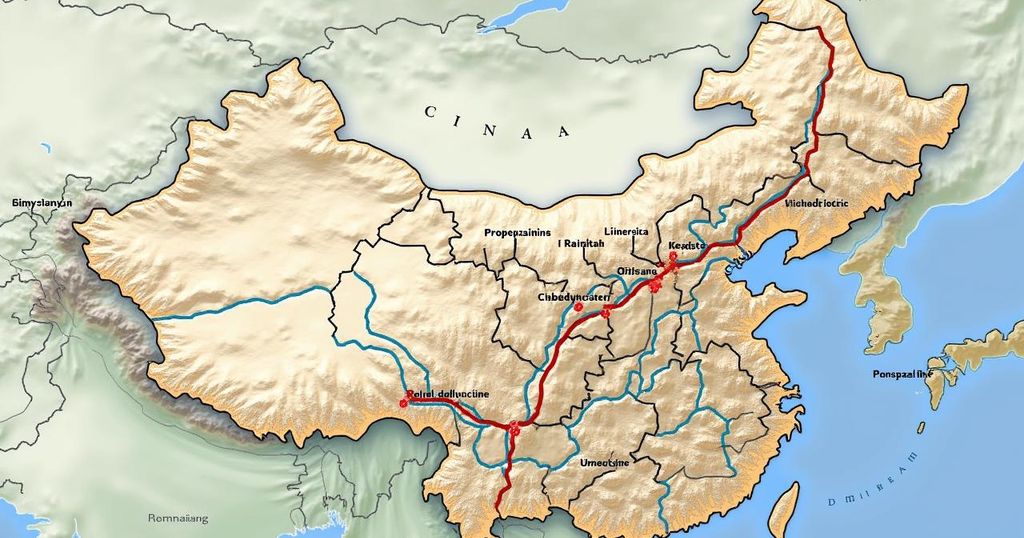Kyrgyzstan Allocates 2.4 Billion Soms for China-Kyrgyzstan-Uzbekistan Railway Construction in 2025
The Kyrgyzstan government is earmarking 2.4 billion soms from the national budget for the construction of the China-Kyrgyzstan-Uzbekistan railway, with additional funding being sought from other sources. This initiative is a part of the country’s efforts to enhance regional connectivity and economic growth.
The Kyrgyz government has set aside 2.4 billion soms from the national budget for the construction of the China-Kyrgyzstan-Uzbekistan railway, as announced by Finance Minister Almaz Baketaev during a meeting with the Eldik parliamentary group and the Alliance parliamentary faction. Furthermore, First Deputy Chairman of the Cabinet of Ministers, Adylbek Kasymaliev, indicated that additional funding will be sourced from other channels to support this significant infrastructure project. He emphasized the importance of Kyrgyzstan’s co-financing role in the project, indicating that funds are necessary for the company’s capitalization requirements.
The China-Kyrgyzstan-Uzbekistan railway project represents a crucial development in the regional infrastructure that connects Kyrgyzstan with its neighboring countries, enhancing trade and economic ties. This railway is expected to facilitate transportation and trade amongst China, Kyrgyzstan, and Uzbekistan, thereby contributing to regional economic growth. The allocation of funds from the national budget illustrates the Kyrgyz government’s commitment to this strategic initiative, despite the need to secure further financing from external sources.
In conclusion, the allocation of 2.4 billion soms by the Kyrgyz government for the construction of the China-Kyrgyzstan-Uzbekistan railway highlights a significant commitment to improving regional connectivity and economic development. The collaboration between Kyrgyzstan and external funding sources will be pivotal in realizing this ambitious infrastructure project, which promises to bolster trade relations and economic activity in Central Asia.
Original Source: akipress.com








Post Comment